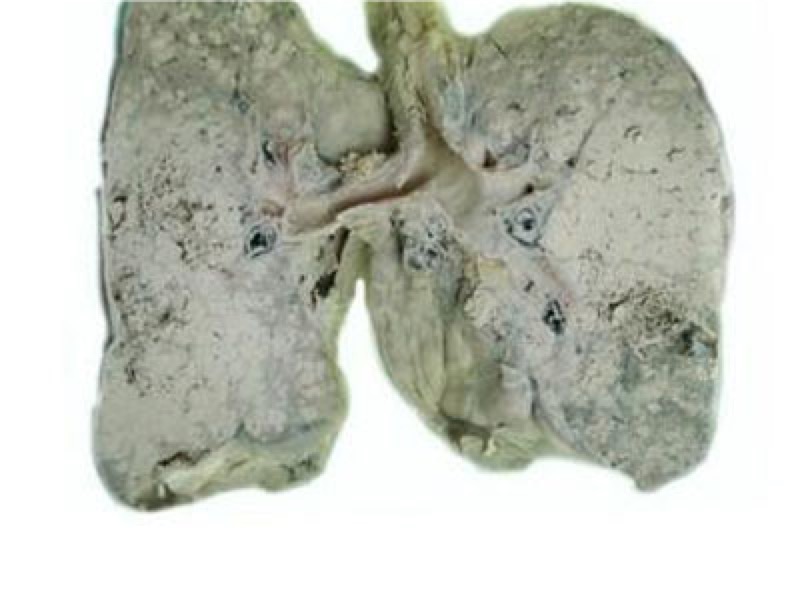Air pollution PM2.5 increases cardiovascular disease
The prevalence of cardiovascular disease (CVD) in China is continuing to rise. The estimated number of CVD patients is 290 million, including 13 million stroke, 11 million coronary heart disease, 5 million pulmonary heart disease, 4.5 million heart failure, 2.5 million rheumatic heart disease, 2 million congenital heart disease, 270 million hypertension .
The causes are complicated. In addition to factors such as an aging population, high blood pressure, dyslipidemia, high blood sugar, overweight and obesity, smoking, insufficient physical activity, unreasonable diet, etc., air pollution is also pushing up CVD. Factors of morbidity.
Recent studies have shown that particulate matter (PM) air pollution is a risk factor for CVD, especially fine particulate matter (PM2.5) is considered to be the most important pathogenic component of PM, and the relationship with CVD is more For close.
Analyze the correlation between daily average PM2.5, sulfur dioxide (SO2), nitrogen oxides (NOx) concentration, total suspended particle concentration data and local disease and death cause monitoring data in multiple cities, PM2.5 , SO2, NOx concentration and total suspended particle concentration are positively correlated with CVD morbidity and mortality.
The average daily PM2.5 concentration in Beijing from 2010 to 2012 was 96.2µg/m3. For every 10µg/m3 increase in this concentration, the incidence of ischemic heart disease increased by 0.27% on that day. The effect of PM2.5 concentration on the onset of ischemic heart disease still has a lagging effect, which is manifested as an increase in the incidence of ischemic heart disease 1 to 3 days after exposure to high levels of PM2.5.
People aged ≥65 years are more sensitive to PM2.5. Studies have shown that the long-term effect of atmospheric pollution has a greater impact on CVD. A cohort study in Hong Kong, China, analyzed the exposure of atmospheric particulate matter in the residential area of 66,820 elderly people (≥65 years old) to the baseline (1998-2001) and the CVD death cohort followed up for 10-13 years (as of 2011). For every 10 μg/m3 increase in PM2.5 concentration in the elderly population, the risk of CVD death increases by 22%, the risk of ischemic heart disease increases by 42%, and the risk of ischemic stroke (IS) increases by 21%.
Related Articles

- Early Signs of Bladder Cancer
- What are the early symptoms of bladder cancer?
- 2020-12-17

- How to prevent depression
- How to prevent depression?
- 2020-12-17

- Early symptoms of lung cancer
- 2020-12-17

- Symptoms of depression
- What are the symptoms of depression?
- 2020-12-17

- Drinking water can prevent heat stroke
- Actually, the hot weather is not the direct cause of heat stroke. Heat stroke is mostly caused by sweating caused by heat. Under the high temperature in summer, the body sweats tens of tim
- 2020-08-03

- Office workers should beware of cervical spondylosis
- Cervical spondylopathy is mainly caused by degeneration of cervical intervertebral disc and hyperostosis of cervical spine, with neck and shoulder pain, numbness of upper extremities and d
- 2020-08-03
